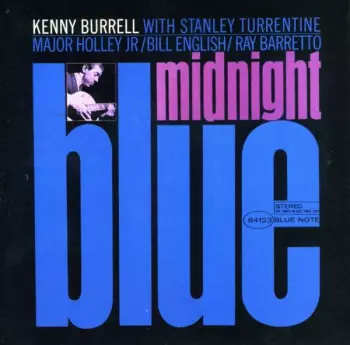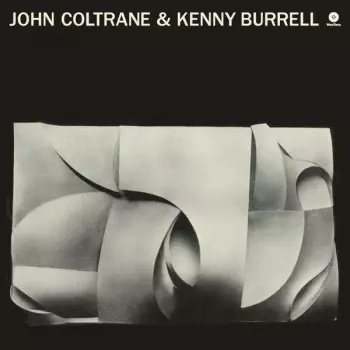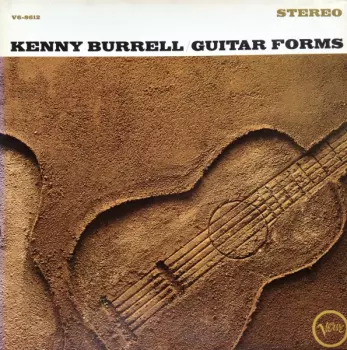2LP John Coltrane: Both Directions At Once: The Lost Album DLX
180gr Vinyl Deluxe Edition
Impulse! | UMe | Verve Records
29 juin 2018
L'Europe
Sensational: John Coltrane's forgotten album "The Holy Grail of Jazz": the complete, lost studio album by John Coltrane, recorded in 1963 with his classical quartet at Van Gelder Studios, sees the light of day. "Both Directions At Once - The Lost Album" also includes previously unheard Coltrane originals. "There's no doubt about it. Fifty-one ye...
Statut
Nouveau
Disponibilité
Prix
50,99 €
58,99 €
Disponibilité
Livraison de Noël:
Les articles en commande ne seront probablement pas livrés avant Noël.
Détails
| Titre | Both Directions At Once: The Lost Album DLX |
| Artiste | John Coltrane |
| Plus d'informations sur les disques vinyles | 180gr Vinyl Deluxe Edition |
| Format | 2x LP (e) |
| Maisons d'édition | Impulse! | UMe | Verve Records |
| Pays d'édition | L'Europe |
| Date de sortie | 29 juin 2018 |
| Première mise sur le marché | 2018 |
| Poids | 460 g |
| EAN | 0602567493013 |
| Identifiant du produit | 5659 |
| ID Discogs | 12149773 |
| Critiques Discogs |
4.63
|
Sensational: John Coltrane's forgotten album "The Holy Grail of Jazz": the complete, lost studio album by John Coltrane, recorded in 1963 with his classical quartet at Van Gelder Studios, sees the light of day. "Both Directions At Once - The Lost Album" also includes previously unheard Coltrane originals. "There's no doubt about it. Fifty-one years after his passing, every new piece of John Coltrane music evokes immediate enthusiasm. Yes, tremendous enthusiasm," writes Coltrane biographer Ashley Kahn in the liner notes to Both Directions At Once - The Lost Album. "Especially when this discovery is brilliantly crafted studio recordings like these being made available to the public for the first time." On March 6, 1963, John Coltrane recorded a complete studio album with the musicians of his classic quartet - McCoy Tyner, Jimmy Garrison and Elvin Jones - at the legendary Van Gelder Studios. This music, which includes previously unheard originals, is now finally being released after 55 years. The recording is, without exaggeration, "the holy grail of jazz". "Both Directions At Once - The Lost Album" will be released on June 29th on Impulse! Records, where Coltrane found his final home and where he reached the pinnacle of his work. In the first week of March 1963, John Coltrane had his hands full. He was in the midst of a two-week engagement at Birdland, and on March 7 he was preparing to record the famous "John Coltrane And Johnny Hartman" album. However, a day earlier, another session took place about which legends had been told until now. On Wednesday, March 6, Coltrane and his quartet headed to Van Gelder Studios in Englewood Cliffs/New Jersey to record material for a complete album, including original compositions not found on any other recording. The musicians spent a full day recording the songs, rehearsing them two or three times, playing them in different ways and in different configurations. At the end of the day, Coltrane left Van Gelder Studios with the reference tape and took it to his home in Queens, which he shared with his wife Naima at the time. These tapes remained untouched and forgotten for the next 54 years. However, the official master tape has never been found, although sound engineer Rudy Van Gelder was not known for his messiness. When Impulse! Records approached Coltrane's family to finally release the lost album, Coltrane's reference tape was not only found, but was also in excellent condition. "It's like finding a new room in one of the great pyramids," legendary saxophonist Sonny Rollins put it beautifully. The musical implications of this album, the previously unheard original compositions, the arrangements, the band, the year of recording - all lead to the rediscovery and recontextualization of one of the most important musicians of our time. This album features two completely unknown and never-before-heard originals: 'Untitled Original 11383' and 'Untitled Original 11386'. Both feature Coltrane on soprano saxophone. "11383" features a string bass solo by Jimmy Garrison, which is quite a rarity, and "11386" marked a significant structural change for the quartet, as it continually returns to the theme between solos, which was not typical of the ensemble's repertoire. In addition to the two previously unheard originals, "One Up, One Down," which had previously only appeared on a live bootleg recording from Birdland, appears here for the first time as a studio recording. This version of the issue features a fascinating exchange between Elvin Jones and Coltrane. "Impressions," one of Coltrane's best-known and most frequently recorded pieces, is again played in trio without piano. McCoy Tyner stopped several times during the recording. It is perhaps one of the most interesting aspects of this session and reflects the harmonic possibilities that Coltrane regularly exchanged with Ornette Coleman during this period. It was also in this studio that Coltrane first recorded the standard "Nature Boy", which he re-recorded in 1965 on the album "The John Coltrane Quartet Plays". The two versions differ considerably. The earlier known one is exploratory, meandering. This version is decidedly clenched, with no solo and a playing time of just over three minutes. The other piece on this album not written by Coltrane is "Vilia" from Franz Lehár's operetta "The Merry Widow". The version for the deluxe edition, recorded on soprano saxophone, is the only piece from this recording that has been previously released. Throughout this incredible session, Coltrane worked tirelessly for creative balance. On the one hand he created new melodies of his own, but on the other he also reinterpreted familiar standards. He played some pieces first on tenorsaxophone and then on sopranosaxophone. He used older techniques such as arpeggios in his "sound sheets", but he also experimented with false fingerings and other newer sounds. "Both Directions At Once - The Lost Album" is a major addition to Coltrane's catalog and the most important jazz discovery of recent years. This historic session resulted in a total of fourteen tracks. Seven master recordings are included in the standard CD and LP edition, curated by Ravi Coltrane. In addition, seven alternative recordings of these numbers are included on a second deluxe CD or LP. An incredible discovery: a lost album by jazz legend John Coltrane. If you don't want to miss this piece of musical history, you should order "Both Directions At Once - The Lost Album" now.
Album couvre tous les genres Jazz et Post Bop. 180gr Vinyl Deluxe Edition.
Notre avis :
FR Livraison dès 9,56 €
Vous trouverez ici Tous les!
Via
203 000
Disquer 33 tours et les
336 000
CD
en offre
Remise de fidélité jusqu'à 5%
Pour les clients enregistrés
Garder la vue d'ensemble!
Le suivi le plus avancé
de la disponibilité et des commandes
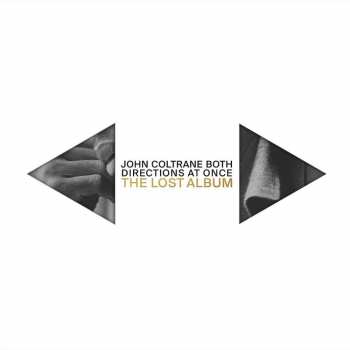



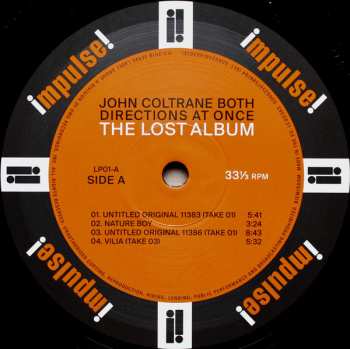
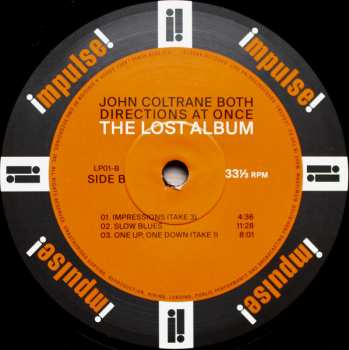
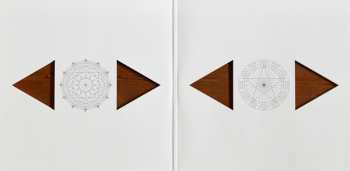
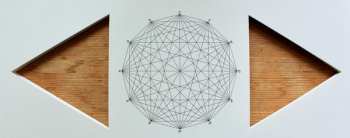
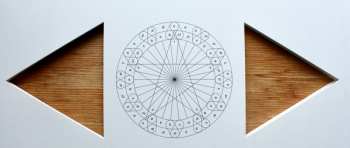

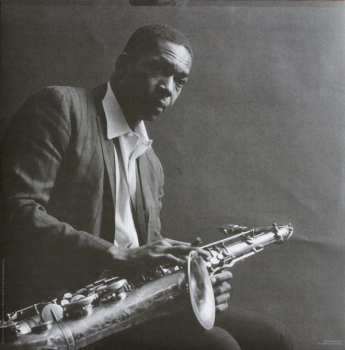

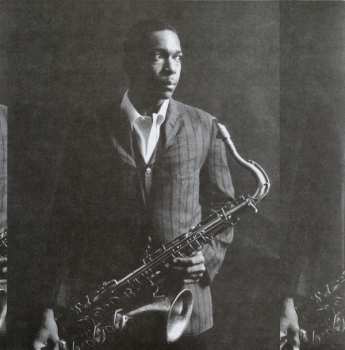



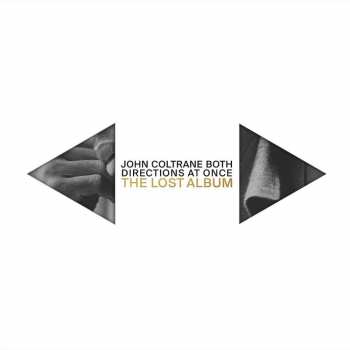

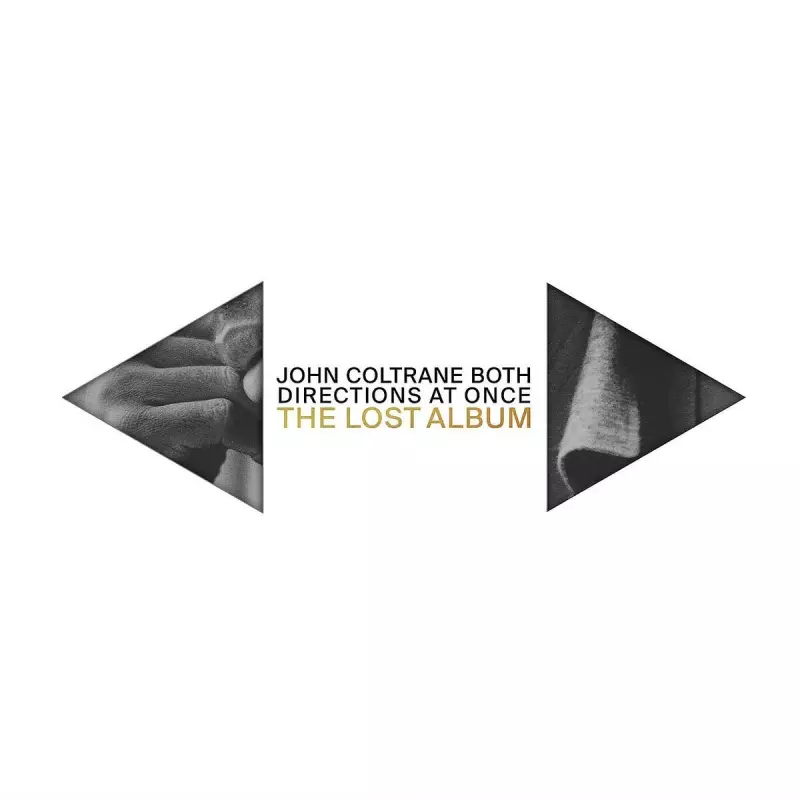
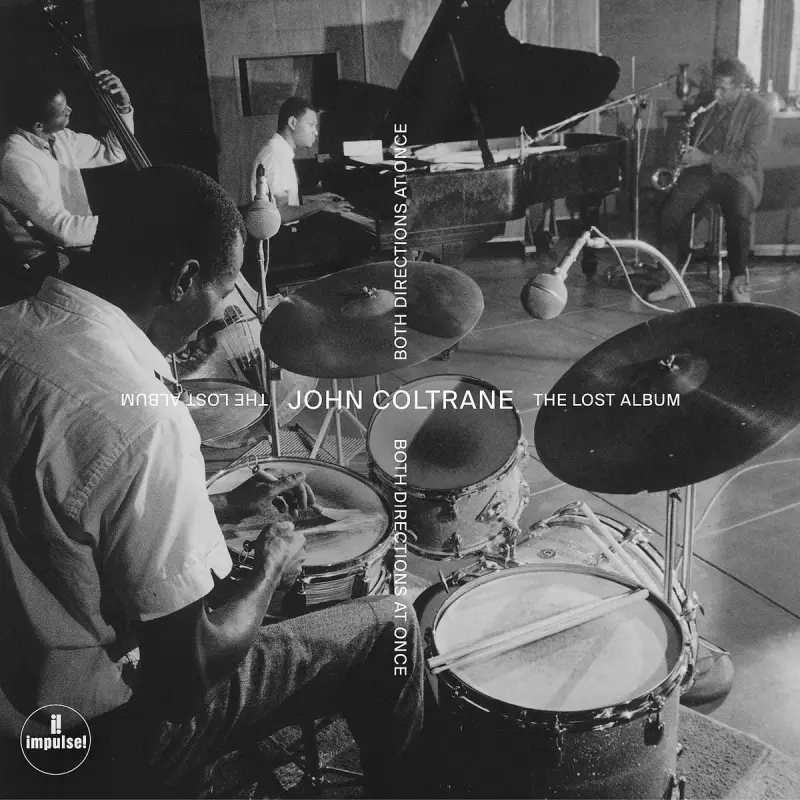
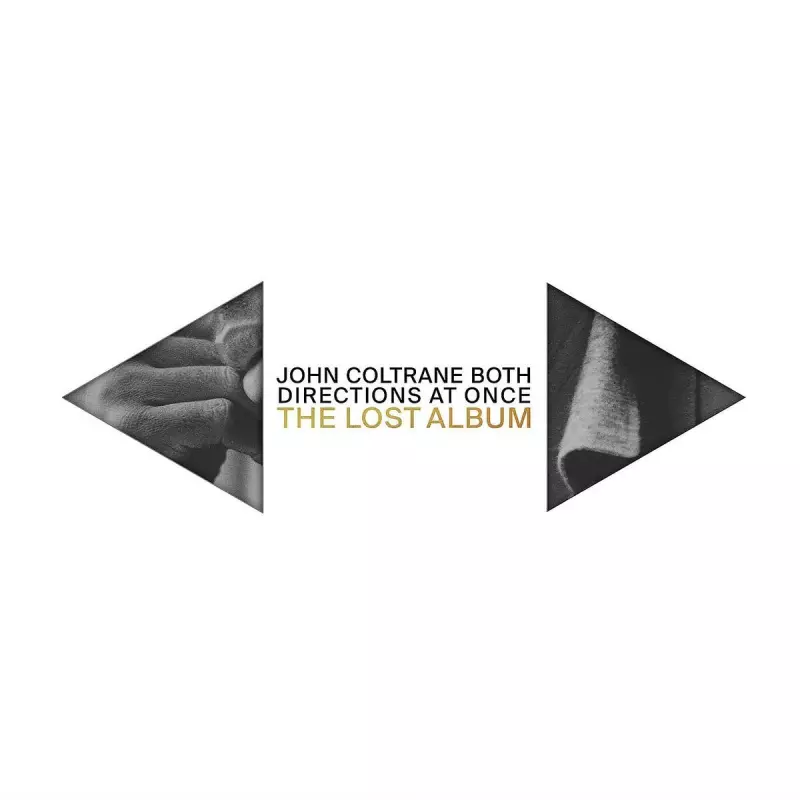
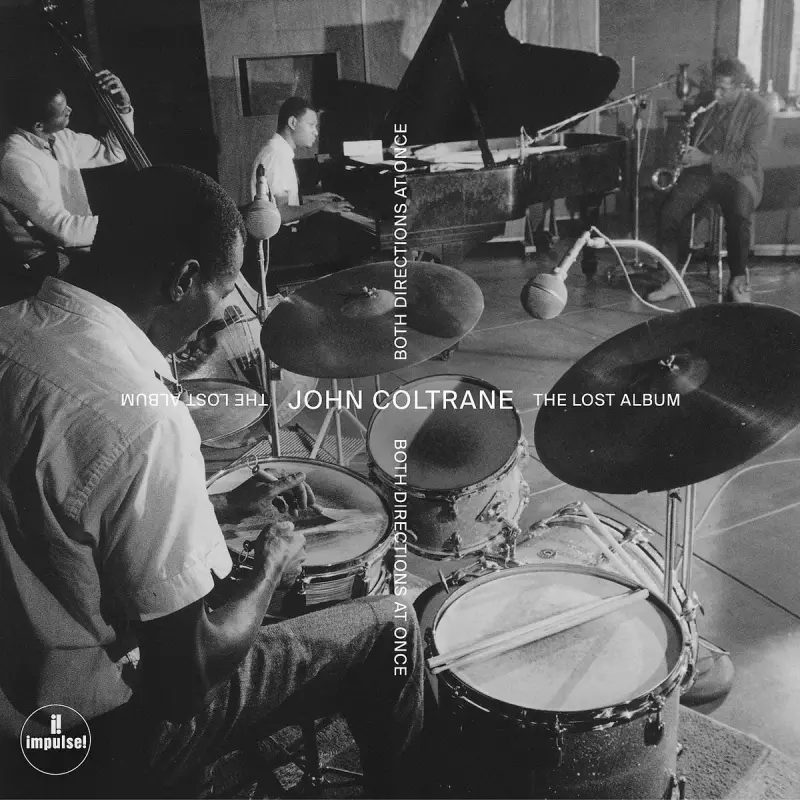


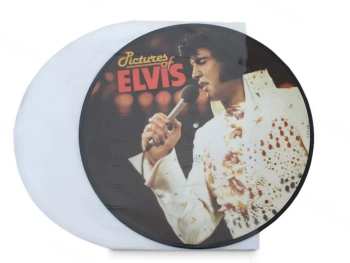



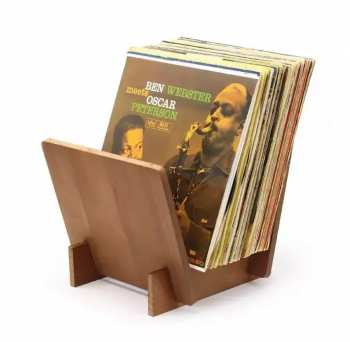



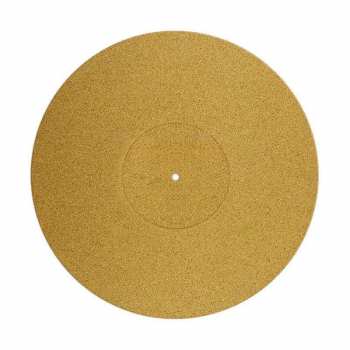


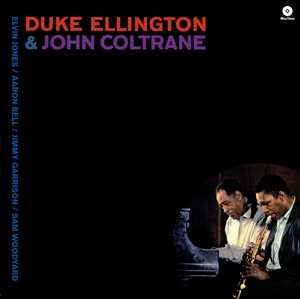
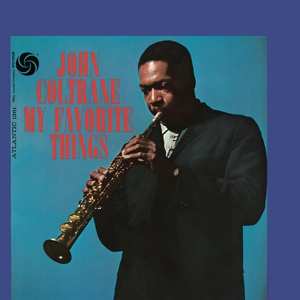
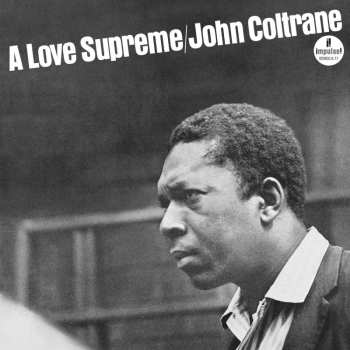

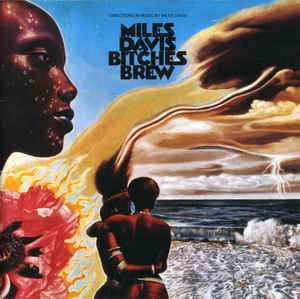
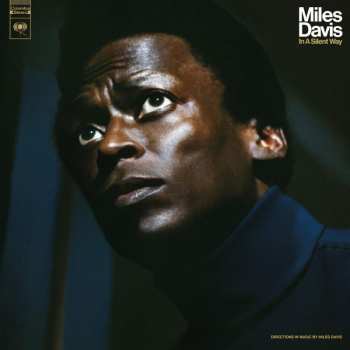

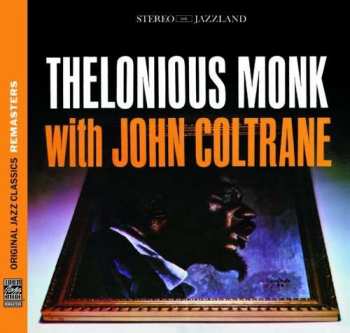

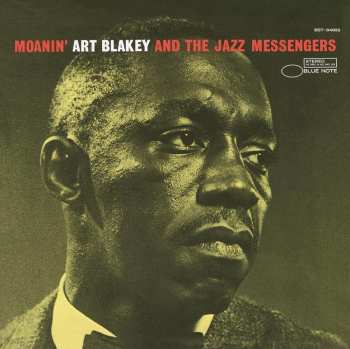
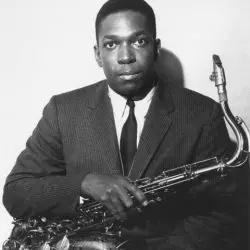
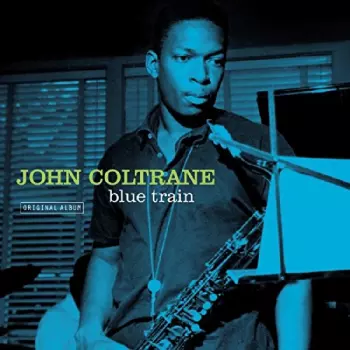
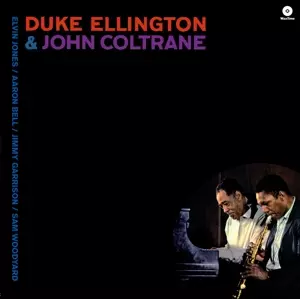
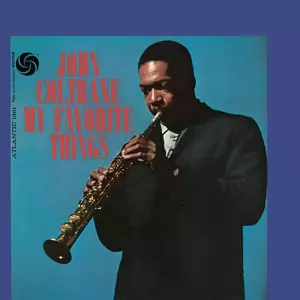



 Miles Davis
Miles Davis
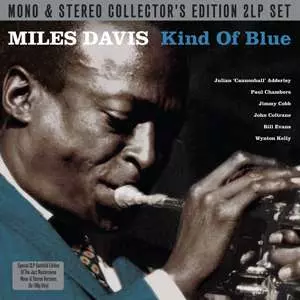

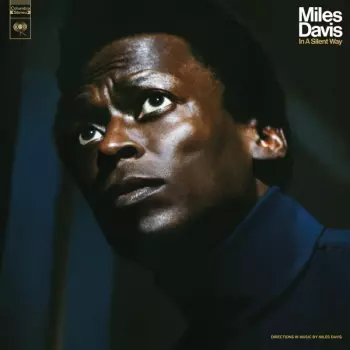
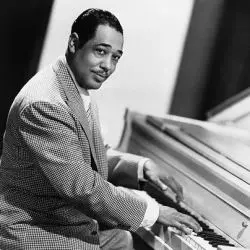 Duke Ellington
Duke Ellington

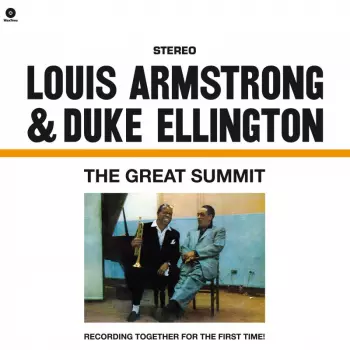
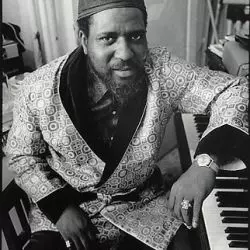 Thelonious Monk
Thelonious Monk
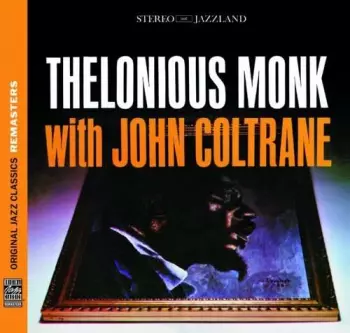
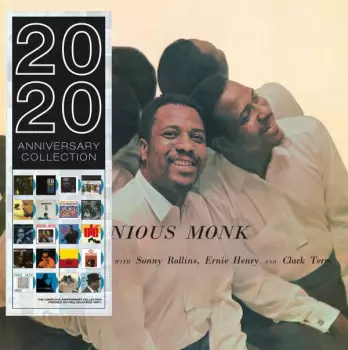
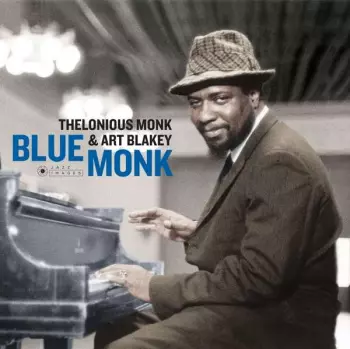
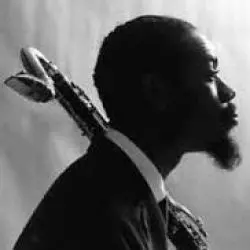 Eric Dolphy
Eric Dolphy
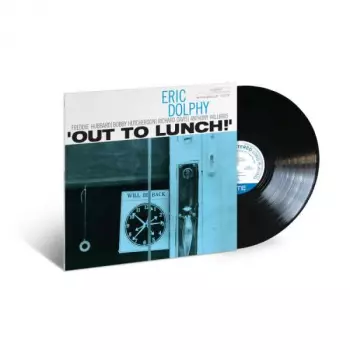
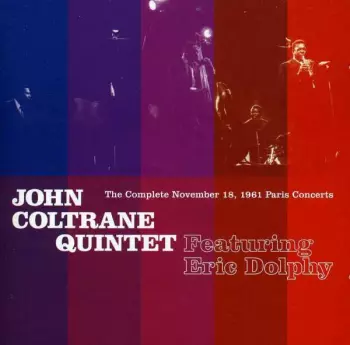
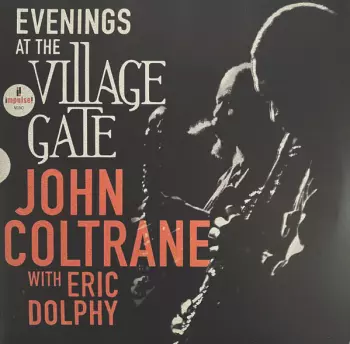
 Art Blakey & The Jazz Messengers
Art Blakey & The Jazz Messengers
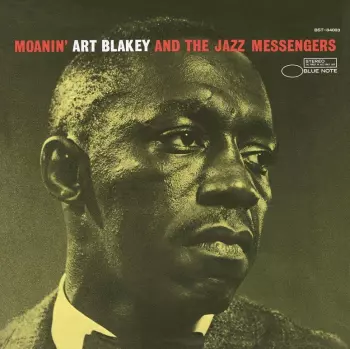
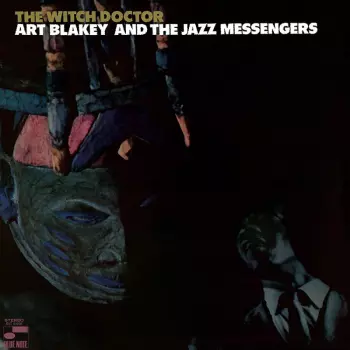
 Kenny Burrell
Kenny Burrell
